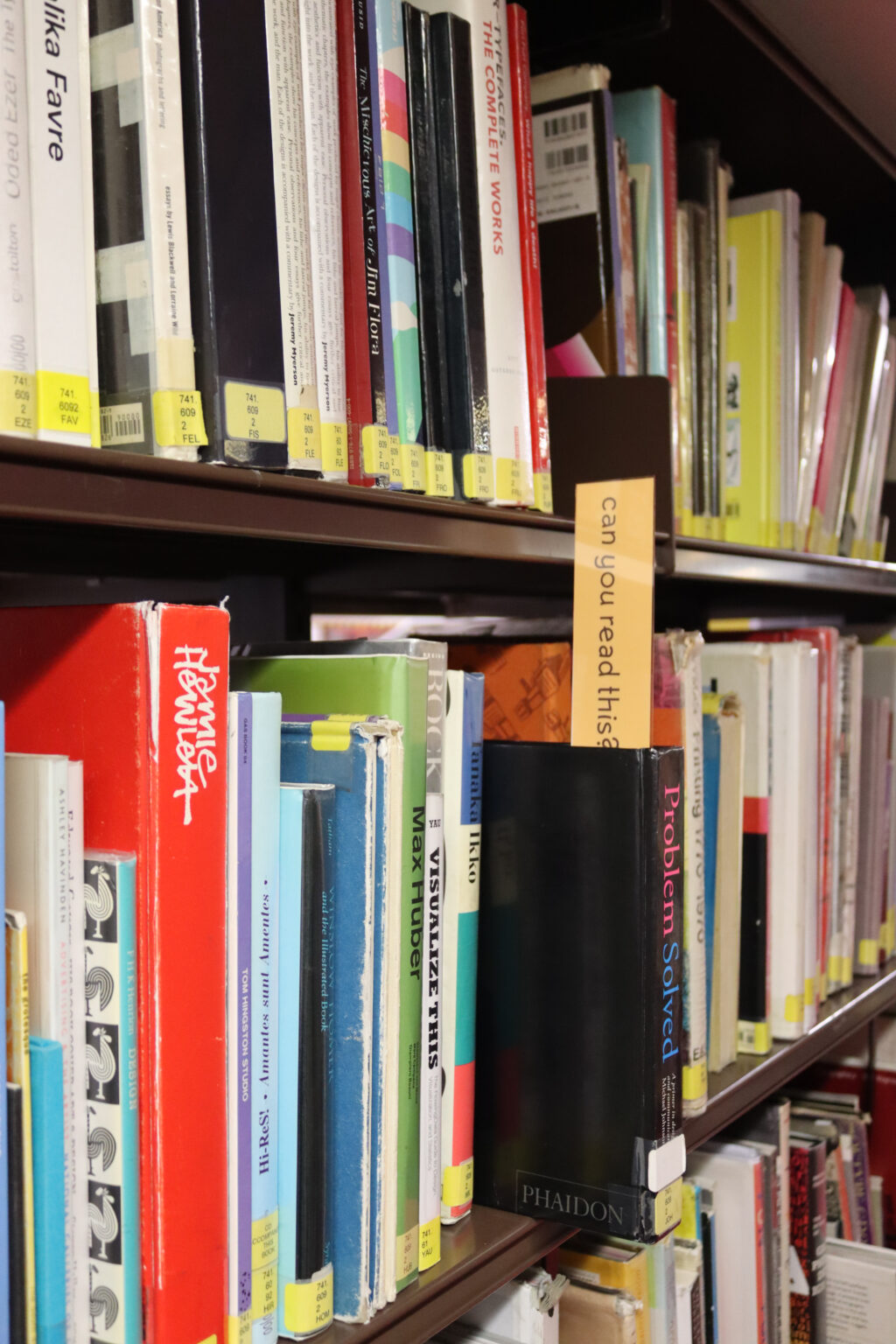Design Aware – Consider ‘Dyslexia’
This project is a targeted awareness campaign aimed at encouraging designers to consider the needs of dyslexic readers in their creative practices. Delivered exclusively through a series of tactile bookmarks and interactive P5.js animations, the campaign uses accessible, everyday formats to provoke thought and inspire change within the design community. As a deliberate and provocative design choice, the campaign slogan features a purposeful misspelling of the word dyslexia. This typographic disruption functions both as a visual pun and a tool to immediately capture attention, mirroring the everyday reading challenges faced by dyslexic individuals and prompting viewers to reflect on the importance of accessible design.
Rooted in both personal experience and academic research, the campaign draws from insights developed in my ongoing research, which I have been developing since 2023, and what I decided to take forward for my year 4 extended essay. ‘The Importance of Embedded Accessibility within Graphic Design for Dyslexic Readers’. This research involved a comprehensive review of clinical studies, accessibility guidelines, and original data gathered through a self-conducted survey. The result is a campaign that not only raises awareness but also offers a practical, research-informed perspective on how inclusive design can be seamlessly integrated into everyday creative work.
The P5.js animations serve as visual metaphors for the challenges dyslexic individuals face when accessibility is overlooked. Each animation dramatizes the cognitive and visual consequences of poor design choices. Such as disorientation, visual noise, and information overload. Offering viewers a visceral understanding of how exclusionary design can impact reading and comprehension. These immersive, often disorienting experiences are intended to foster empathy and prompt more thoughtful, inclusive design decisions. To further enhance engagement, each bookmark features a QR code that, when scanned with any smartphone, activates a live 3D render of the animation overlaid directly onto the bookmark using augmented reality. This interactive layer transforms the static object into a dynamic, playable experience; bridging physical and digital design while reinforcing the campaign’s message in a memorable and impactful way.












